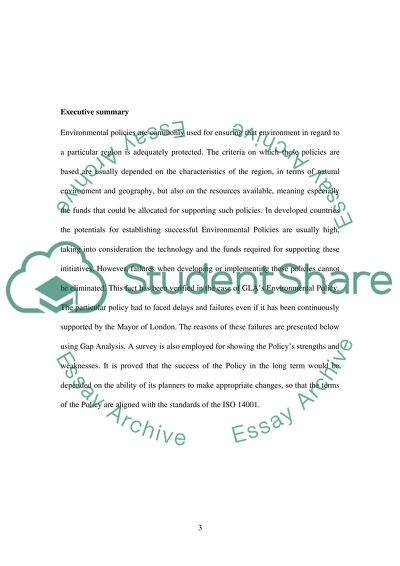Cite this document
(Greater London Authority Research Paper Example | Topics and Well Written Essays - 3000 words, n.d.)
Greater London Authority Research Paper Example | Topics and Well Written Essays - 3000 words. Retrieved from https://studentshare.org/law/1402629-business-report
Greater London Authority Research Paper Example | Topics and Well Written Essays - 3000 words. Retrieved from https://studentshare.org/law/1402629-business-report
(Greater London Authority Research Paper Example | Topics and Well Written Essays - 3000 Words)
Greater London Authority Research Paper Example | Topics and Well Written Essays - 3000 Words. https://studentshare.org/law/1402629-business-report.
Greater London Authority Research Paper Example | Topics and Well Written Essays - 3000 Words. https://studentshare.org/law/1402629-business-report.
“Greater London Authority Research Paper Example | Topics and Well Written Essays - 3000 Words”, n.d. https://studentshare.org/law/1402629-business-report.


